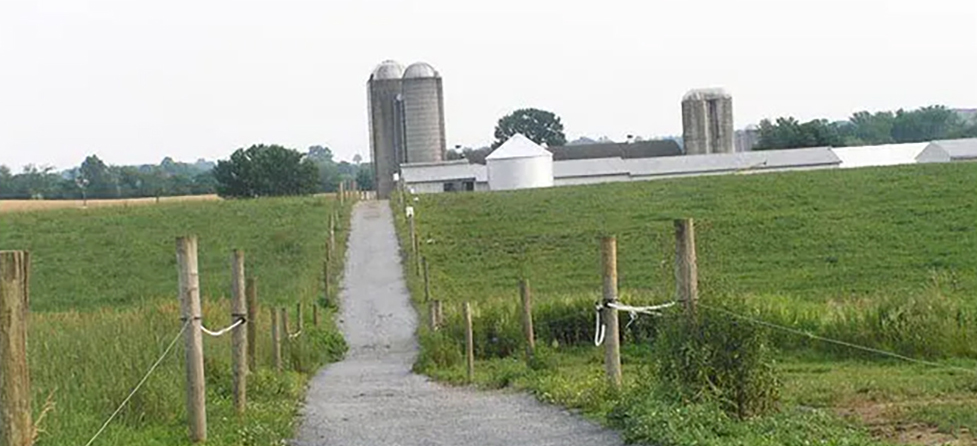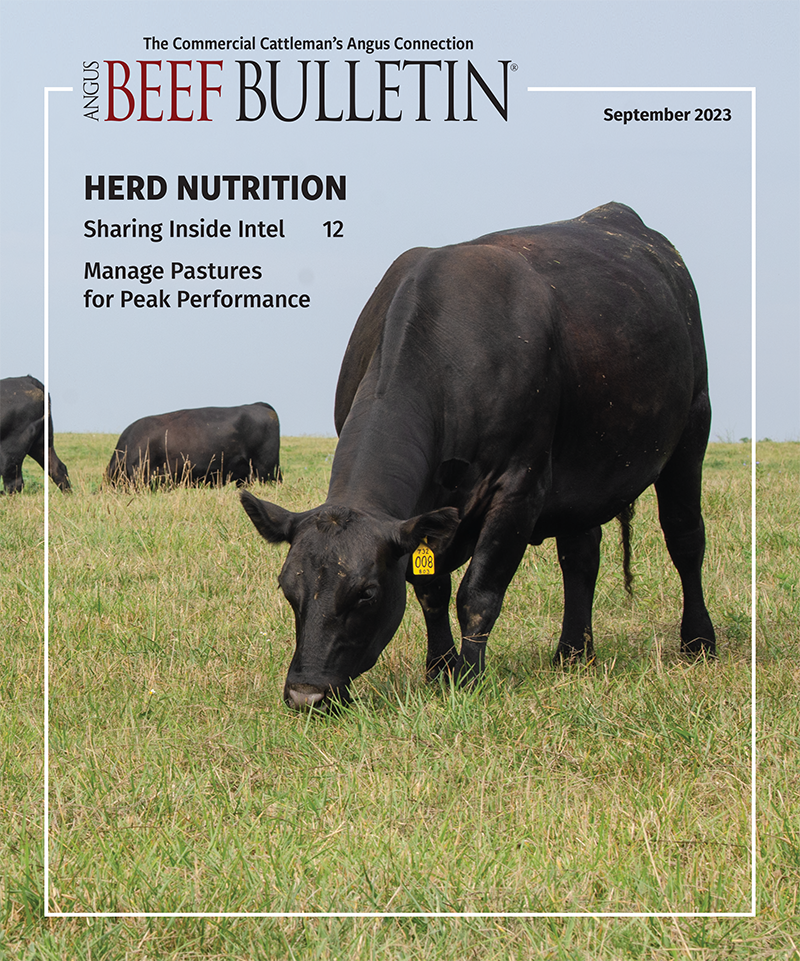
Late-Summer Hay and Pasture Management Considerations
Late summer and early fall are the best times to evaluate hay and pasture fields.
Late summer and early fall are optimum times to evaluate hay fields and pastures to determine next steps and potential improvements. A careful assessment will allow you to determine if a full burndown and reseeding is necessary or if some more basic remediation practices can be done to try and improve the field.
Forage seedings in Pennsylvania are most successful in mid-August to early September due to cool evenings and early fall rains that provide ideal conditions for our cool-season grasses. Weather is an important planting consideration, as late summer can still be hot and dry. In certain years, planting may need pushed back to ensure adequate moisture, but never any later than six weeks before a killing frost.
A popular choice for fall planting of forages is the use of a no-till drill. It can be used to overseed existing pastures and hay fields or for a full reseeding after a burndown application. A full burndown has its pros and cons, so careful stand assessment is important.
Soil fertility
Managing soil fertility is a key component of improving a pasture or hay field. Collecting a soil sample should always be the first step. Knowing the fertility of the soil will allow you to make the necessary fertilizer applications before attempting to incorporate a new seeding or coming through with any weed control.
Key point: If you are trying to improve your fields, you need to first understand why the improvement was necessary. Yes, the field may be old and in need of a new seeding; but, a majority of the time, it is fertility- or pH-related. Improving the fertility first will give you a better chance of success.
In times of high prices (and even outside of that, but especially then), adjusting soil pH and making lime applications can be the most effective and economical way to improve forage growth. The biggest improvements will be seen when pH is well outside the preferred range for grass growth, which is around 6.5 to 7.
To explain this further, if a soil test shows a pH of 5.8 and another shows a pH of 6.1, you will see a greater overall improvement of the grasses when adding lime at a soil pH of 5.8 because the change is more dramatic. Regardless, it is important to have the pH in the optimum range before seeding. Otherwise, poor germination could occur. Lime is also an excellent source of calcium and is the most economical way to make magnesium applications.
One ton of grass hay typically removes about 50 pounds (lb.) of nitrogen, 15-20 lb. of phosphorus, and 45-60 lb. of potassium (potash). Fall is an excellent time to replace phosphorus and potassium. For hay fields, manure makes an excellent fertilizer, except where legumes are present, and can be applied as a top dress before or after no-till seeding.
Potassium is directly related to winter survival and minimizing winter kill. In pastures, it is important to understand that the continuous supply of manure from livestock will not be enough to “feed” the grasses. Additional fertilizer applications will need to be applied for optimum forage production.
Check out Soil Fertility for Pasture or Hay Renovation or Establishment, for more information.
Species selection
There are many factors that should go into selecting forages that will suit your needs, but thankfully, many single species or species mixes will check multiple boxes. Select species that are best adapted to your area, soil type, management practices and livestock species. Consider end use, intended markets, desired yields and forage quality.
For more details on species selection, check out Pasture Species Selection by Animal Group.
Residue heights
Fall is when perennial forages are starting to store energy in their roots to overwinter. It is typically recommended to leave higher stubble or residue heights in the late summer/fall to ensure plants are able to store enough nutrients, survive winter and have a jumpstart in the spring.
Overgrazing or mowing too short inhibits root systems, doesn’t allow for proper carbohydrate storage and makes plants more susceptible to stress. Generally, a stubble height of 3-4 inches (in.) is recommended during any point in the season, but especially in the fall, with 4-5 in. being more ideal. This may mean pulling livestock off of fields in the late summer (sometimes earlier than usual), feeding stored forages and allowing pasture forages to regrow, particularly in dry summers. Consider the cost of heavily overgrazing the pasture and requiring a full reseeding in the spring as compared to using stored forages.
Weed control
Clipping or mowing before overseeding or a full burndown and planting a new seeding will help with weed control and allow increased light penetration, which will aid in the germination and growth of the new seedlings. Be sure to mow weeds prior to them setting seed to avoid further spreading. Chemical control of existing weeds prior to overseeding can be difficult because certain products have a 30-day planting restriction. Such products include 2,4-D and dicamba, which are the most common herbicides used for broadleaf weed control in grasses.
Glyphosate is usually used for burndown because it is nonselective, highly effective, and you can reseed immediately after application.
Following these steps will help you to ensure that you have a healthy stand going into late fall and winter. Late Summer Forage Seeding for Hay and Pastures will give more specific details on ensuring a successful fall forage seeding in terms of planting date, seeding depth and soil conditions.
Editor’s note: Leanna Duppstadt is extension educator, field and forage crops, and Jeffrey Graybill is extension educator, agronomy, for Penn State Extension.



